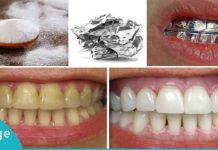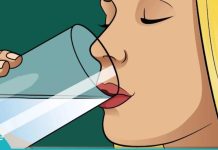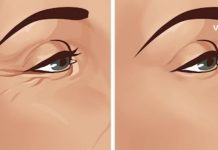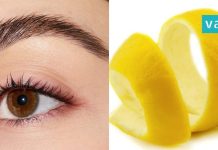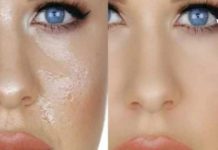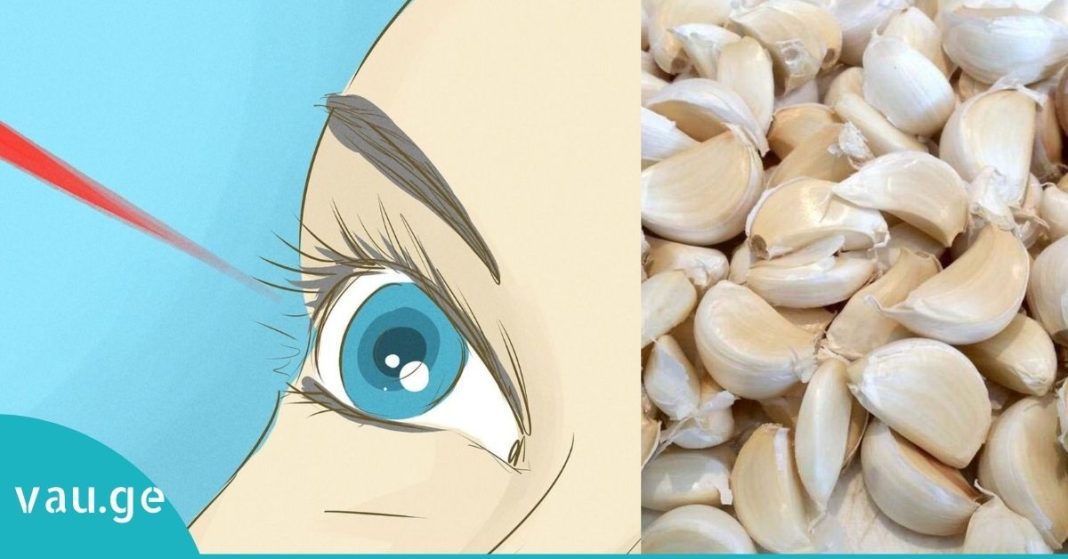Many people are unaware that a simple, natural remedy like garlic can have a powerful impact on eye health—including even the potential to restore vision affected by certain conditions such as cataracts. While it may sound surprising, growing scientific evidence and traditional knowledge point to garlic as a potent ally in the fight against vision loss.
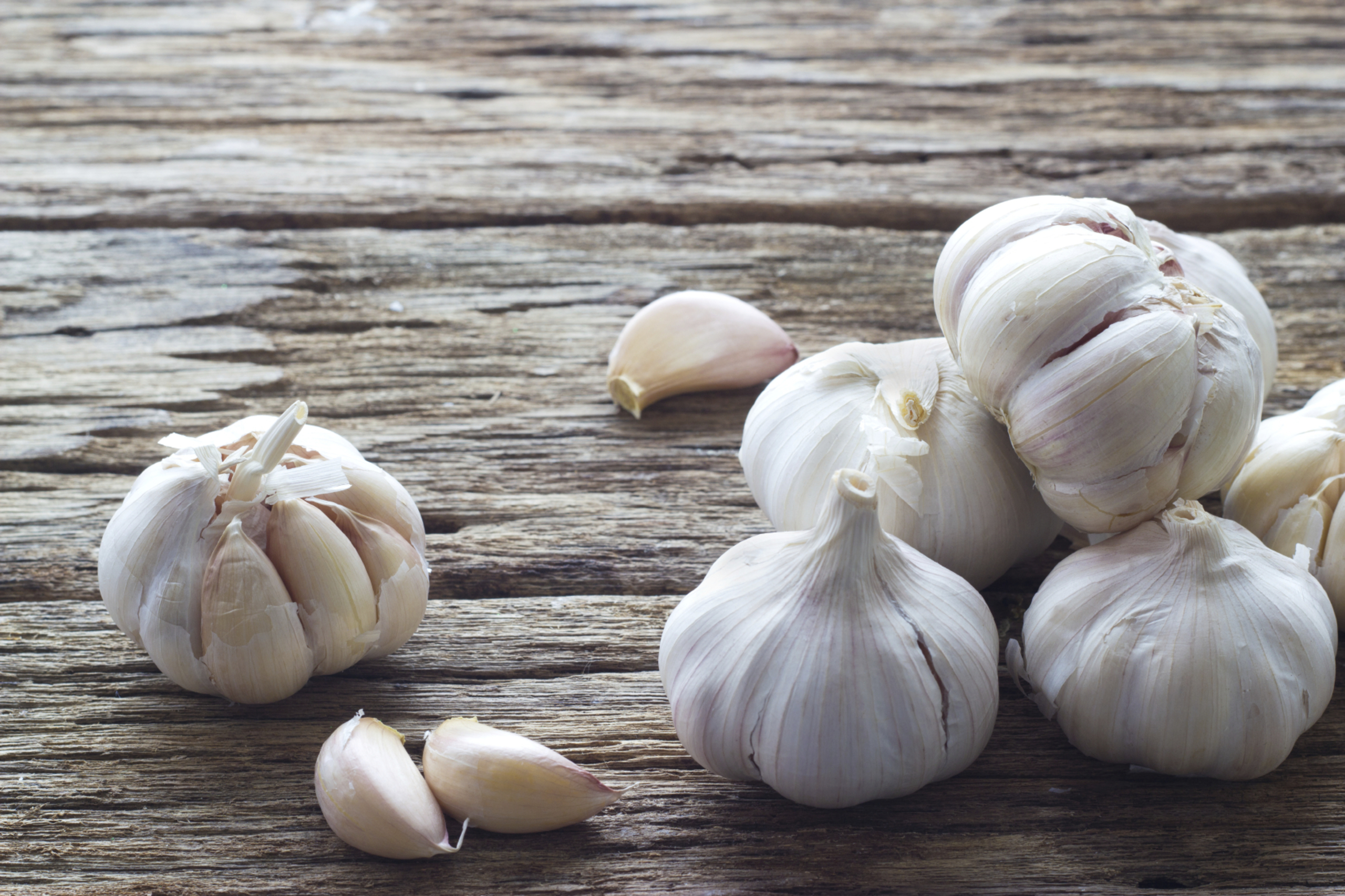
Understanding Cataracts: A Widespread and Increasing Concern
A cataract is a medical condition in which the lens of the eye becomes cloudy, losing its natural transparency. The once-clear lens may appear gray, milky-white, or frosted, which obstructs light from passing through properly, resulting in blurry or impaired vision.
Cataracts used to be predominantly associated with aging, typically seen in individuals over 60. However, recent ophthalmological research and clinical observations show a worrying trend: people in their 30s and 40s are increasingly being diagnosed with this condition. This shift could be attributed to lifestyle changes, poor diet, environmental stressors, and excessive screen exposure, among other factors.
I was personally diagnosed with cataracts not long ago, which led me to explore the underlying causes and possible treatments—both medical and natural.
What Causes Cataracts?
Cataracts can be classified based on origin and progression:
Types of Cataracts:
- Congenital Cataracts – Present at birth. These usually do not progress and may or may not affect vision significantly.
- Acquired Cataracts – Develop over time and can be either progressive or non-progressive, depending on the cause.
Common Causes of Acquired Cataracts:
- Age-related (Senile) Cataracts – Naturally occur with aging due to long-term oxidative stress and protein changes in the lens.
- Traumatic Cataracts – Caused by blunt force trauma or penetrating injury to the eye.
- Complicated Cataracts – Result from underlying eye diseases such as glaucoma, uveitis (inflammation), or retinal degeneration.
- Radiation-induced Cataracts – Caused by prolonged exposure to infrared rays, X-rays, or radiation. These are common in certain professions (e.g., radiologists, welders).
- Toxic or Drug-induced Cataracts – Long-term use of medications such as corticosteroids or antimalarial drugs can lead to lens damage.
As you can see, cataracts are not simply a result of aging—they can be the consequence of various internal and external factors. This is why prevention and early intervention are critical.
The Role of Cholesterol and Eye Health
One often-overlooked contributor to vision decline—especially with age—is high cholesterol. According to studies by Harvard Medical School, the accumulation of fatty deposits beneath the retina can significantly impair vision. This condition, closely linked with cardiovascular health, highlights the intricate connection between systemic health and ocular well-being.
In a compelling study, 23 patients who were administered cholesterol-lowering agents experienced a marked improvement in their vision, indicating that controlling lipid levels in the body can directly benefit eye health.
Garlic: Nature’s Vision-Boosting Superfood
Here is where garlic proves to be an exceptional natural solution. Consuming even half a clove of garlic daily has been shown to lower cholesterol levels naturally. Unlike pharmaceutical drugs, garlic works gently with the body to reduce LDL (bad cholesterol) without causing harmful side effects.
Lower cholesterol improves blood flow to the retina, nourishes the eye tissues, and may even reverse early signs of degeneration. Furthermore, garlic contains powerful antioxidants like allicin, which fight oxidative stress—a major contributor to cataracts and age-related macular degeneration (AMD).
Blood Pressure and Vision: Another Vital Link
In addition to managing cholesterol, garlic also helps regulate blood pressure—another critical factor for maintaining healthy vision. When blood pressure is too high, it can damage the delicate blood vessels in the retina, leading to reduced oxygen and nutrient supply.
Garlic’s natural vasodilatory effect supports better circulation, which ensures the retina receives the oxygen it needs to function optimally. By improving vascular health, garlic protects the structural integrity of the eye and helps preserve clarity of vision.
Conclusion: A Simple Step Toward Clearer Sight
Although cataracts and vision loss can seem inevitable with age or chronic conditions, incorporating natural remedies like garlic into your daily routine may significantly slow the progression, or even reverse early damage. When combined with a healthy lifestyle, garlic offers a safe, accessible, and affordable means to support long-term eye health.
In a world full of synthetic medications and surgical interventions, it’s refreshing to know that nature still holds powerful solutions—often in the most unexpected places, like a humble clove of garlic.







